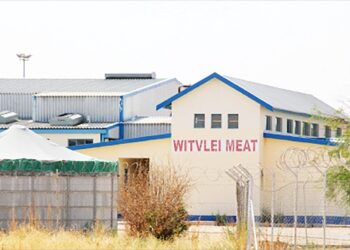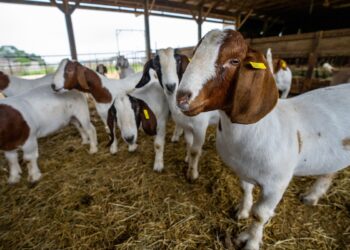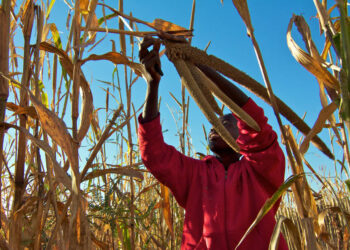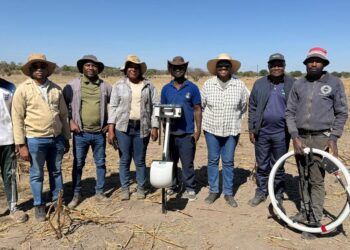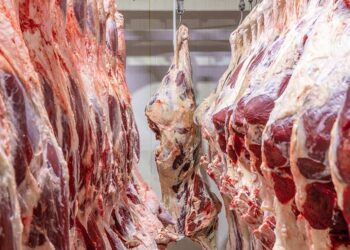
Namibia is facing a stark increase in food insecurity, with a new report indicating a 19% rise in affected individuals, from the current 1.2 million to 1.4 million.
According to the Integrated Food Security Phase Classification (IPC) report for July to September 2024, this surge comes amid challenging climatic conditions exacerbated by El Nino.
“During the projection period, the number of people expected to experience food insecurity is likely to increase by an estimated 19% from the current number of 1.2 million to 1.4 million people,” the report states.
The situation is particularly concerning during the southern African lean season, which has been accelerated by El Nino-induced dryness.
The IPC update underscores that all regions are expected to be classified under Phase 3, indicating severe food insecurity.
“All the regions are projected to be classified in Phase 3 during July to September projection period,” the report notes, highlighting widespread vulnerability across the country.
Kavango West, Kavango East and Omaheke are identified as the most affected regions, with up to 70% of their populations facing food insecurity.
“Kavango West (70% of the population), Kavango East (65% of the population) and Omaheke (65% of the population) remain the top three highest regions with the most population projected to be facing food insecurity (IPC Phase 3 or above),” the report details.
Factors contributing to this crisis include reduced crop and livestock production due to prolonged dry spells, limited water and pasture availability, and unfavourable economic conditions.
The report further explains “the main factors likely to affect food security during the projected period will be the negative impact of the El Nino on the crop producing areas, limited livestock pasture and water availability; the unfavourable economic and market factors…”.
The severity of the situation is evident from preliminary crop estimates, which predict a drastic reduction in harvest compared to previous seasons.
“Based on the Crop Prospects, Food Security and Drought Situation Assessment Report – March 2024, Preliminary crop estimates indicated a drastic reduction in the forecasted harvest, with all crops producing regions in the communal areas expected to be below last season’s harvest as well as below five-year average,” the report states, emphasising the worsening drought conditions.
Between April and June 2024, approximately 1.2 million people, accounting for 40% of the population, were already experiencing acute food insecurity and requiring immediate intervention.
“Between April and June 2024, approximately 1.2 million people in Namibia (40% of the population analysed) are estimated to be facing high levels of acute food insecurity (IPC Phase 3 or above) and require urgent humanitarian assistance,” the report highlights.


